Stuff:
• Two forks,
• Two toothpicks,
• A bottle with water,
• Eraser
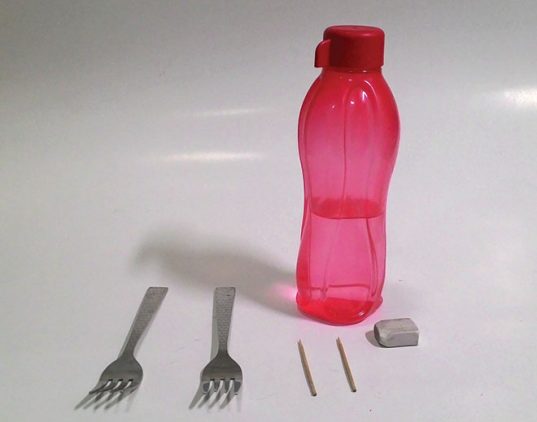
Do:
1. Fix a toothpick to the eraser by piercing it in the centre with the blunt end of the toothpick. Place eraser on top of the bottle.
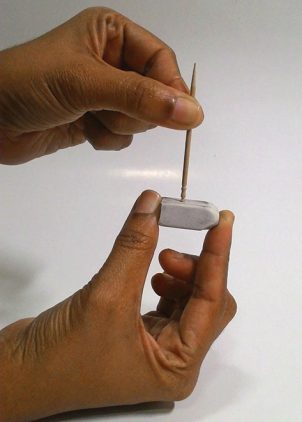
2. Take the two forks and interlock them tightly as shown.
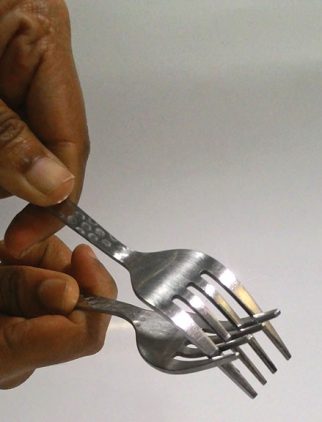
3. Insert the pointed end of the second toothpick through the interlocked forks
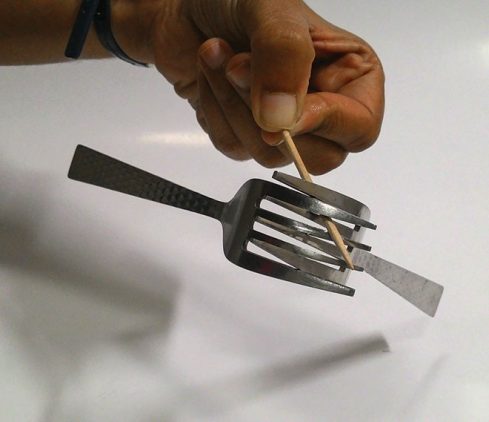
4. Carefully lift the forks using the toothpick and place its blunt end on top of the pointed end of the toothpick attached to the eraser.
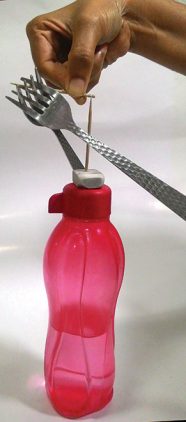
See: When you place the toothpick with the forks attached to it on top of the other toothpick, it does not fall! The entire construct balances on the tip of the second toothpick.
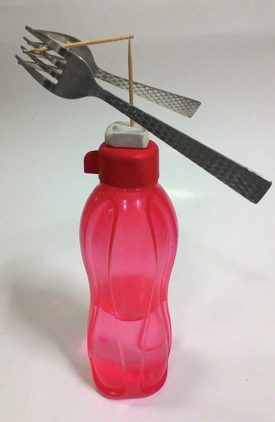
Think about:
Why didn’t the forks fall?
For an object to be balanced the weight must be equally distributed on both sides. In a scale, for example, you can easily balance it on your finger tip by identifying the half-way mark. If one side is longer than the other, the ruler will fall. This half-way mark is called the centre of gravity–the point in an object where the object’s mass is concentrated and can be used to balance it.
In this experiment, the centre of gravity for the two forks is on the point where it is interlocked because that is where the mass is concentrated. When the toothpick is inserted at that point, and placed on the second toothpick, the centre of gravity of the entire structure shifts to the toothpick, because of which it stays balanced without toppling.
Let’s find out:
How important is the centre of gravity in the design of a vehicle?
The concept of centre of gravity finds practical applications in the automobile industry. While designing a vehicle, the centre of gravity is kept in mind so as to ensure the safety and efficiency of a vehicle. In cars, the centre of balance is kept low to prevent them from toppling over on their sides when taking sharp turns. In an aircraft too, the centre of balance is carefully determined during the design stage. It is crucial for the aircraft’s stability and control.



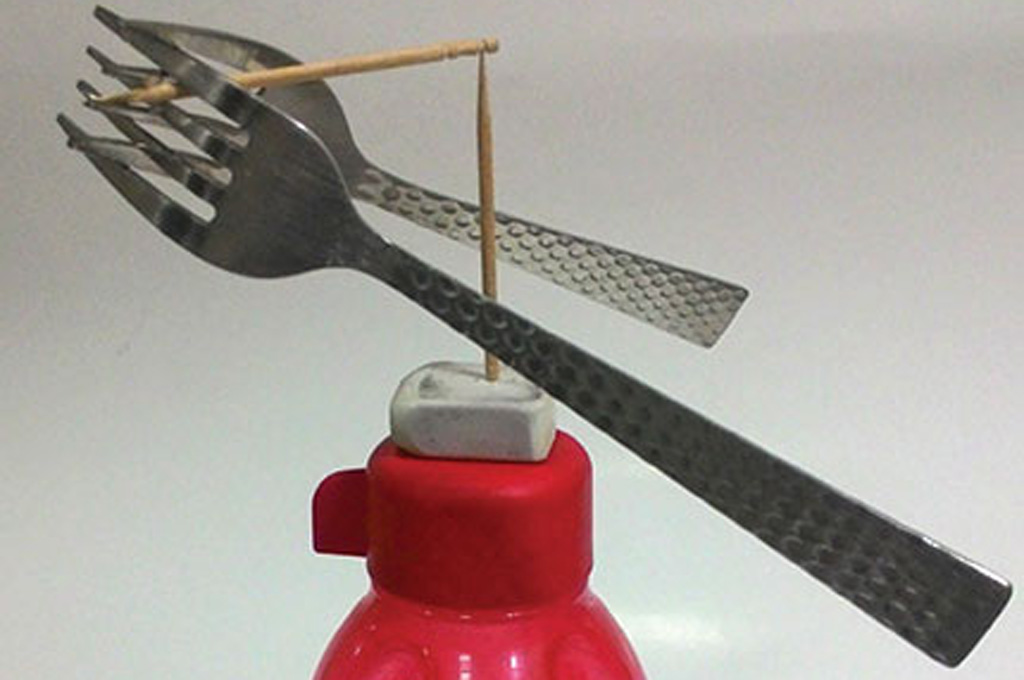





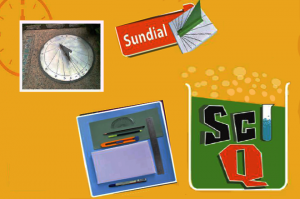
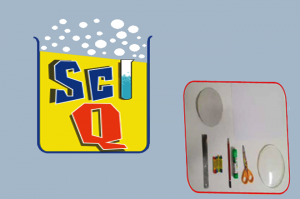

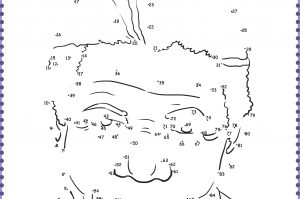

COMMENT